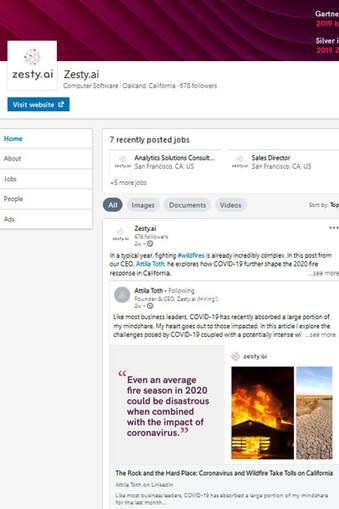 Ghostwritten piece for Zesty.ai founder & CEO, Attila Toth; appearing on Zesty.ai LinkedIn page Like most business leaders, COVID-19 has absorbed a large portion of my mindshare for the last month. Our company has a deep focus on foreseeing climate risk. We can’t help but think ahead to how our customers and communities may be affected by the virus for the months to come. The inherent danger that a potentially intense wildfire season poses is further increased by a lack of preparedness. In case of a devastating fire event need for continued social distancing would make the implementation of a potential evacuation order extremely challenging. Also, smoke not only poses a nuisance to people that are sheltered in place, but a serious threat to coronavirus patients with compromised respiratory systems. With the tremendous and ever-growing financial cost going to fight the spread of coronavirus, let alone the breadth and risk of lives to first responders, how will California face a second major disaster—a difficult fire season? Despite late-winter rain, 75% of California is still considered either abnormally dry or in a moderate drought. Even an average fire season in 2020 could be disastrous when combined with the impact of coronavirus. California’s governor has already warned state agencies to expect less funding as the ailing economy will result in far less tax collected than initially expected. The economic impact of coronavirus has not yet been measured, but it will be enormous. What we do know is that as of early March, the Legislative Analyst's Office warned that collection of capital gains tax alone in California will be several billion dollars lower than expected. The question on the minds of people near historic burn zones is: will a beleaguered California still have cash and manpower left to fight a second enemy—the upcoming wildfire season? The stress, not to mention levels of danger, being experienced by the state’s finite number of trained first responder doctors and nurses is as profound as the cost. Ben Christopher's recent article for Calmatters succinctly takes up this point, stating that major fire events will: “test the resilience of California’s decade-long boom and the adequacy of its $18 billion cash reserve.” The cost of wildfire cannot be understated. 2018 estimates saw total damage and economic loss at $400 billion and $85 billion in 2017 (includes both insured and uninsured losses and the impact on the economy). If an active fire season erupts, California and its first responders will yet again face tremendous risks while holding the line. Coronavirus remains a massive wildcard. With the wildfire season coming, vast numbers of California fire first responders are not even able to train due to mandated shelter-in-place orders. The U.S. Forest Service has cancelled in-person fire training, planning and risk assessment meetings, and much of its preventative burn program. The burn program is on hold to avoid worsening respiratory symptoms. The agency had planned to increase burn programs in 2020 in response to the increased damage caused by recent fires. California is an incredibly resilient place. It constantly picks itself back up, usually with the help of both disaster aid and insurance, after natural disasters like wildfires, earthquakes, landslides. The state also has an uncanny ability to rapidly redefine itself with the aid of technology. Yet, it is going to be hard. Large scale fires have become a new normal for the region. It’s not a matter of if, it’s a matter of when and how bad the season will be. As with most San Francisco Bay Area firms, Zesty.ai is doing its part by keeping its workforce at home. While we thrive on the camaraderie that comes from working side by side, we fully acknowledge sacrifices are essential today in order to protect our tomorrow. We continue to develop tools that will provide insurers with the insights they need to better prepare for decisions about the upcoming fire season. We’re turning what could have been isolation into concentration, and making sure that we do everything we can to make sure our customers are ready for what the rest of this year may bring.
0 Comments
When a thing becomes scarce, it often becomes more dear to a recipient. Take, for example, toilet paper—an everyday soldier ready to assist at any hour. For a few weeks in America's recent past, things looked dank and dark while our bleached patriot took a powder. During our quest to possess, we saw neighbor pitted against neighbor in the aisles. The swift swooped in with a single goal: clean-up by picking bare the public stockpile. Profiteers raided big box supply houses, while others watched their livelihoods slowly unroll closer and closer to reveal the terror of a last square. But this too shall pass, for now it seems the battle of the expulge is clearing out. Returning safely now to our homes, welcome the single-ply, double-ply and triple ply compatriots to a place of honor aside the throne. Roll Call Of Fashionable Toilet Paper
We are truly in a golden age of Automotive. Technological innovations over the past fifteen years have created modern automobiles and have been key to not only improved reliability, but also improved safety that has reduced the death rate by approximately 25% per million miles driven. And yet, despite these advances, distracted driving is the primary contributing factor in up to 58% of automobile accidents.
Rethinking the Automotive Cabin Beginning in the 1980s and 1990s, the automotive cabin morphed from utilitarian design of the 1950s into something more akin to that of an airplane cockpit. Gone were the days where the only electronic device available to the driver was the radio; electronic door locks, power windows, power mirrors, CD changers, air-conditioning, cruise control, variable-timed wind-shield wipers, and even heated seat controls became standard, each getting its own set of buttons. Fast forward to today -- with Bluetooth, mapping software, large displays showing full Internet connectivity -- and in-auto functionality has grown beyond just the ability the road ahead. As a result, the auto industry is rethinking the Human Machine Interface (“HMI”). Newer designs are sleek and minimalist, aesthetically pleasing, and safe to operate while the auto is in motion. The Smart Surface Within the Automobile Automotive manufacturers initially took design influence from modern smartphones, creating touch displays with proprietary operating systems and various controls compartmentalized into menus and sub-menus. But these early adoptions failed for two main reasons:
Aside from design update, by removing traditional buttons, designers eliminated the number one warranty expense in the modern automobile: mechanical button failure. Under even ideal conditions, a typical mechanical switch would fail after a few hundred thousand actuations. Other drawbacks to button controls included ingress from oil, dirt, and abuse. Strain gauges were used in concept vehicles to demonstrate this new vision gapless surface. However, this option did not offer the sensitivity, repeatability, or reliability needed to move from concept to mass production. The vision existed, but enabling technology did not. MEMS-based Sensing and NextInput NextInput, Inc., a leader in MEMS-based sensing, is recognized within the automotive industry for its force sensing solutions. No longer are industrial designers forced to make compromises or design trade-off; NextInput’s patented “touch” and “touchless” sensing technologies are widely regarded as the only viable solution presently available and sensitive enough to detect intent though any material, while remaining robust enough to achieve AEC-Q100 qualification. One innovative electric vehicle manufacturer has already passed into mass production with the NextInput solution, replacing traditional steering wheel button controls with NextInput solid state ingress-free solution. In fact, seven automotive OEMs have already designed-in NextInput solutions for a wide range of smart surface applications, from steering wheels to 3D-touch enabled displays and door panel controls. NextInput is now working to bring contextual awareness to the automotive cabin. Contextual Awareness Goes into the Auto Cabin Replace dashboard controls with a smart surface, and contextual awareness gives a driver quick and intuitive access. Like the smartphone, the modern automobile hosts a wide range of sensors. From inertial sensors, microphones, temperature sensors, GPS, infrared sensors, LiDAR systems, eye tracking, and now force sensing, information can be fused from dozens and dozens of sensors that detect, monitor, and even predict, driver behavior. As an example, the car can detect when a passenger is listening to music on a smartphone. It can transfer the music to the car stereo and bring up audio controls on the smart surface. Likewise, on a very cold morning, the car can automatically turn on the HVAC and automatically display controls for the seat warmers. Now imagine hazardous road conditions: the music can be muted and a map could pop up showing an alternative route. Through Artificial Intelligence and Machine Learning, the automobile will learn not only how to keep passengers safe, but also predict what they may want next. Safety Factors and Limitations of Voice Some have predicted the Smart Surface as no longer necessary – with voice-assist being the best replacement for traditional button controls. The flawed thesis is that convenience of controlling the TV or the thermostat with one’s voice in the living room is directly applicable to the automobile cabin. While it is merely a nuisance when voice-assist is misinterpreted in the safety of a home, it is a potential safety hazard while in motion in an auto.
Semi-Autonomous and Fully-Autonomous Driving An additional benefit of the sensor-driven contextual awareness in the car cabin becomes evident with adoption of semi-autonomous driving technologies. The same sensors used to determine the driver’s intent can also be used to measure health and wellness of the driver, plus judge his/her incapacitation. For example, NextInput’s sensing solutions in the steering wheel and in the car seat can be used to determine whether the driver is alert and actively engaged or slumped over and not in control. If incapacitation is detected, the automobile can automatically take over, maneuver to safety and call for help; this versus instead of engaging the brakes because LiDAR detected an accident to be eminent. Even as fully-autonomous driving becomes prevalent, the demand for smart surfaces will grow. As the cabin transforms into a productivity and entertainment space, consumers will demand an even higher degree of aesthetics as their interactions inside the cabin increase. The “touch and feel” experience of every interaction matters more now that focus is no longer external. The car cabin of the future will have everything the passenger desires all within an arm’s reach. Conclusion Over the next several years an entirely new automotive HMI will emerge as consumers fundamentally change the way they interact with automobile. Their interest in clean design styling will take influence from modern smart home environments. NextInput is on the forefront of this paradigm shift, having shipped over 10 million units of its production-ready force sensing solutions into automotive, mobile, and consumer applications.
|
Blog Categories
All
|




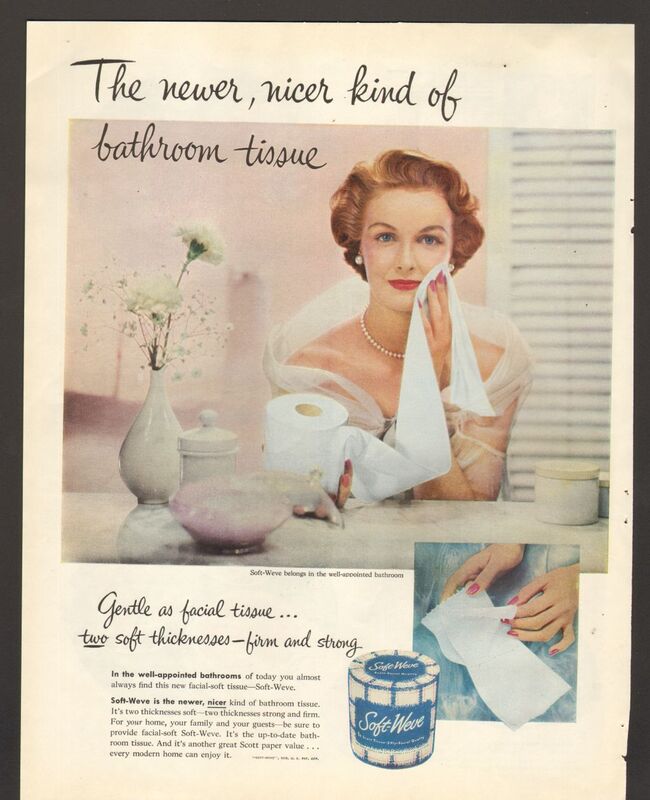


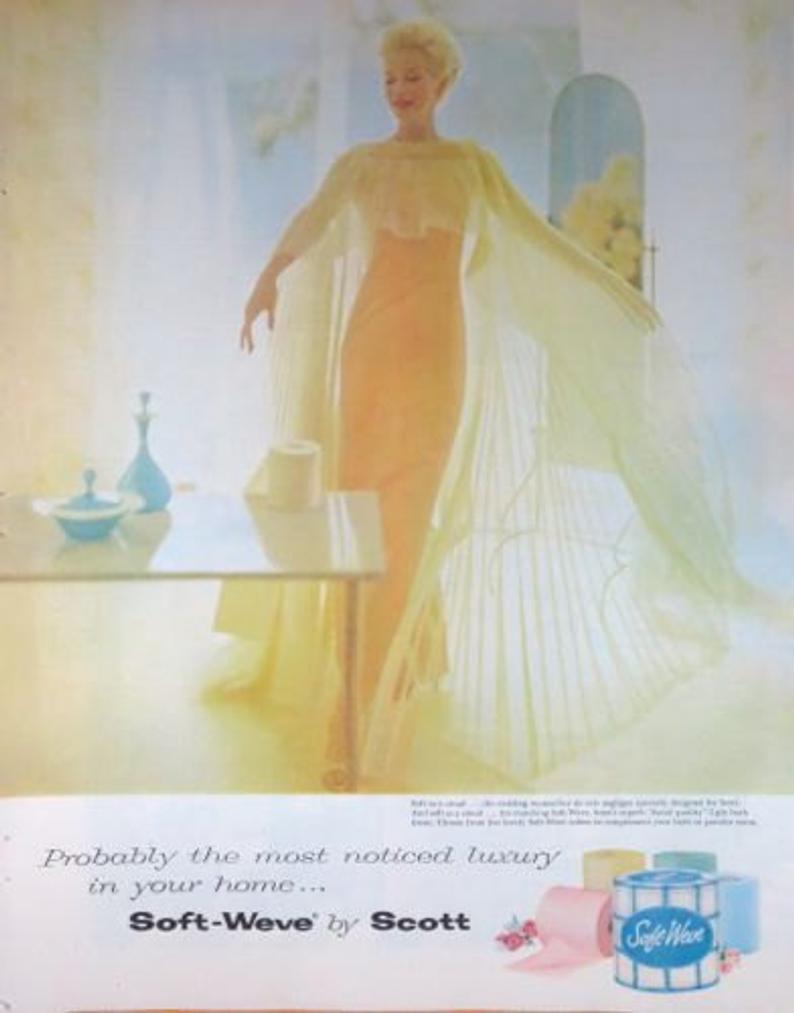


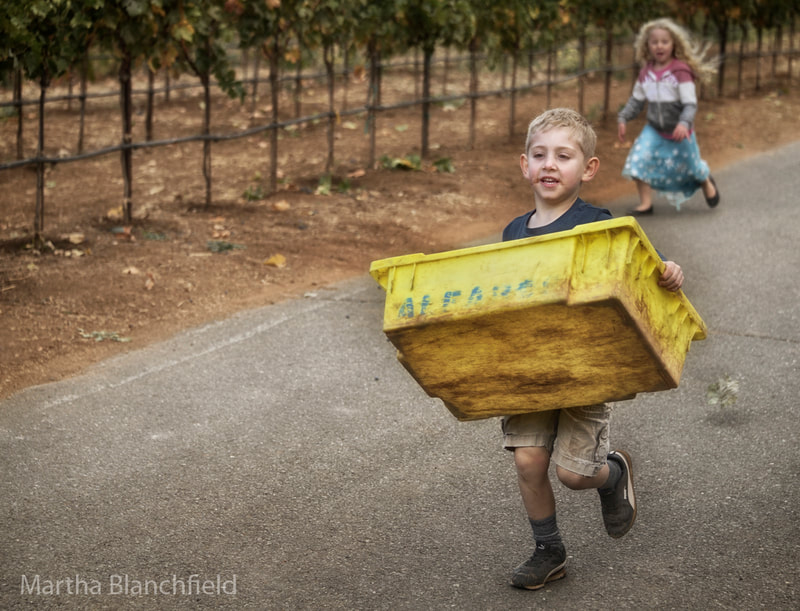
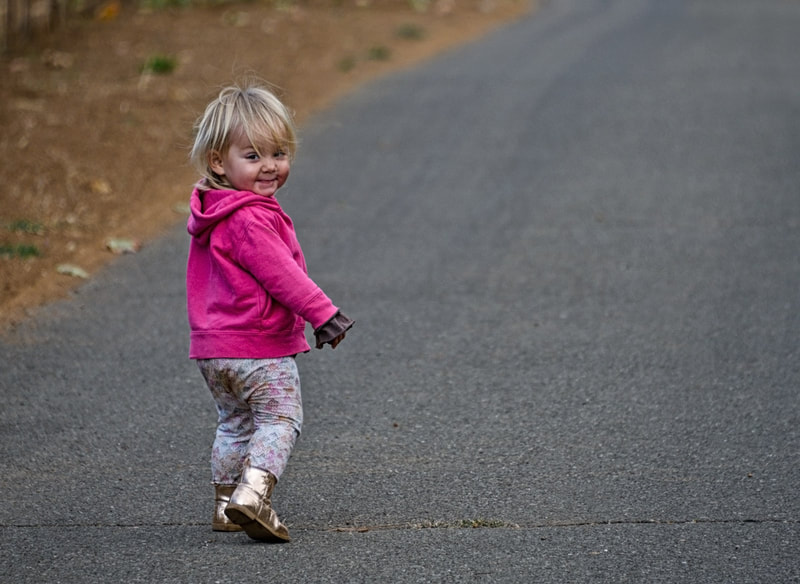
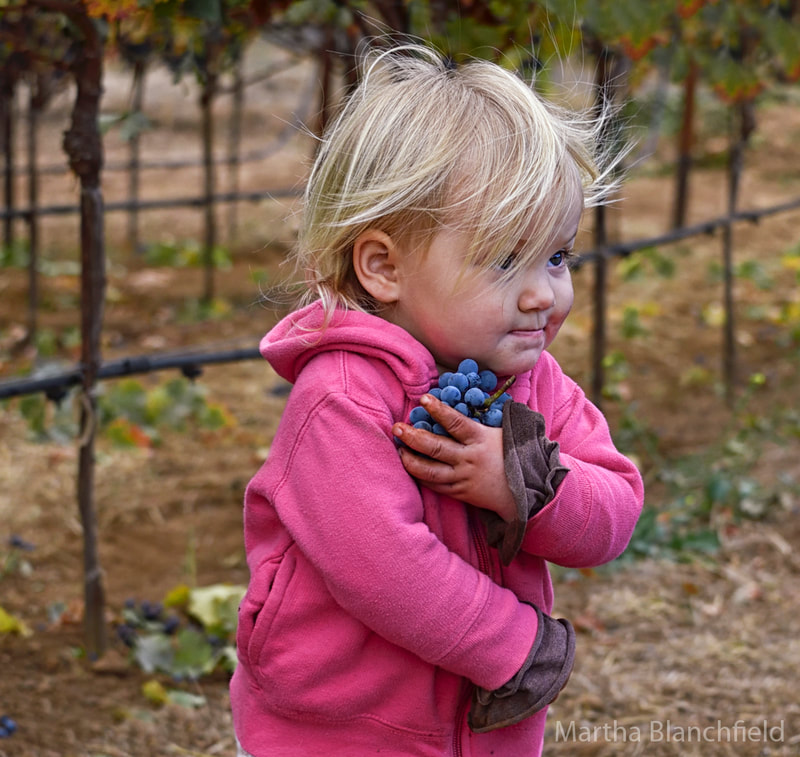
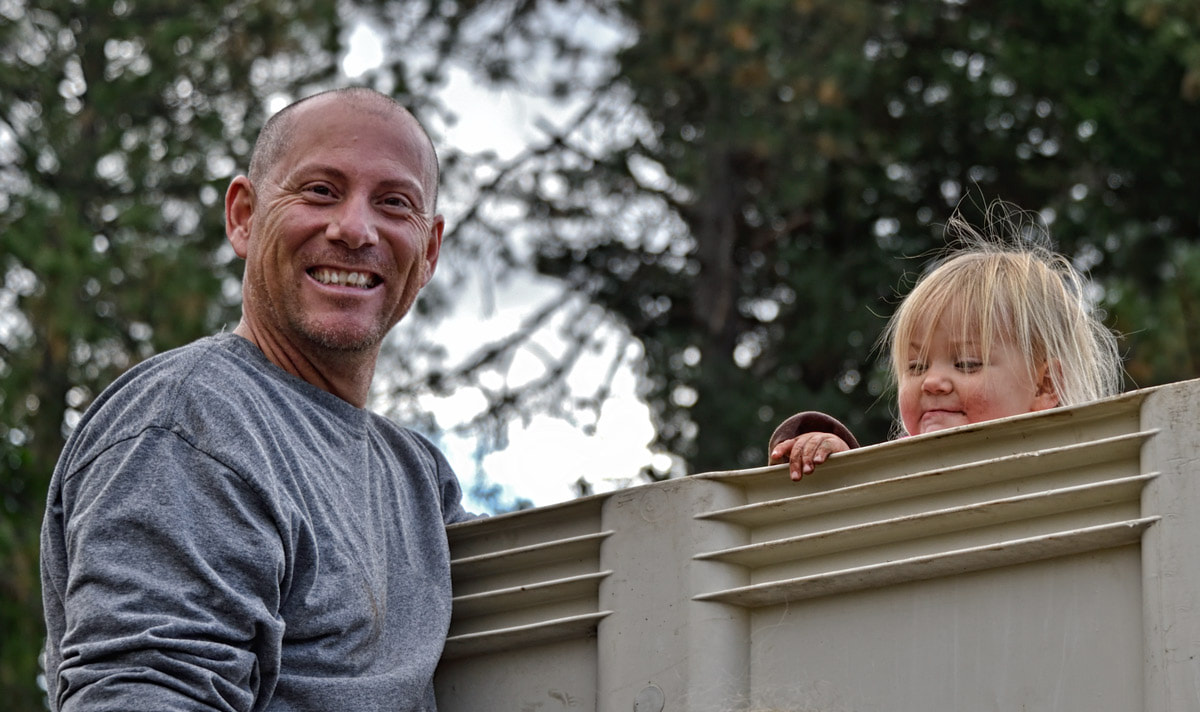
 RSS Feed
RSS Feed

